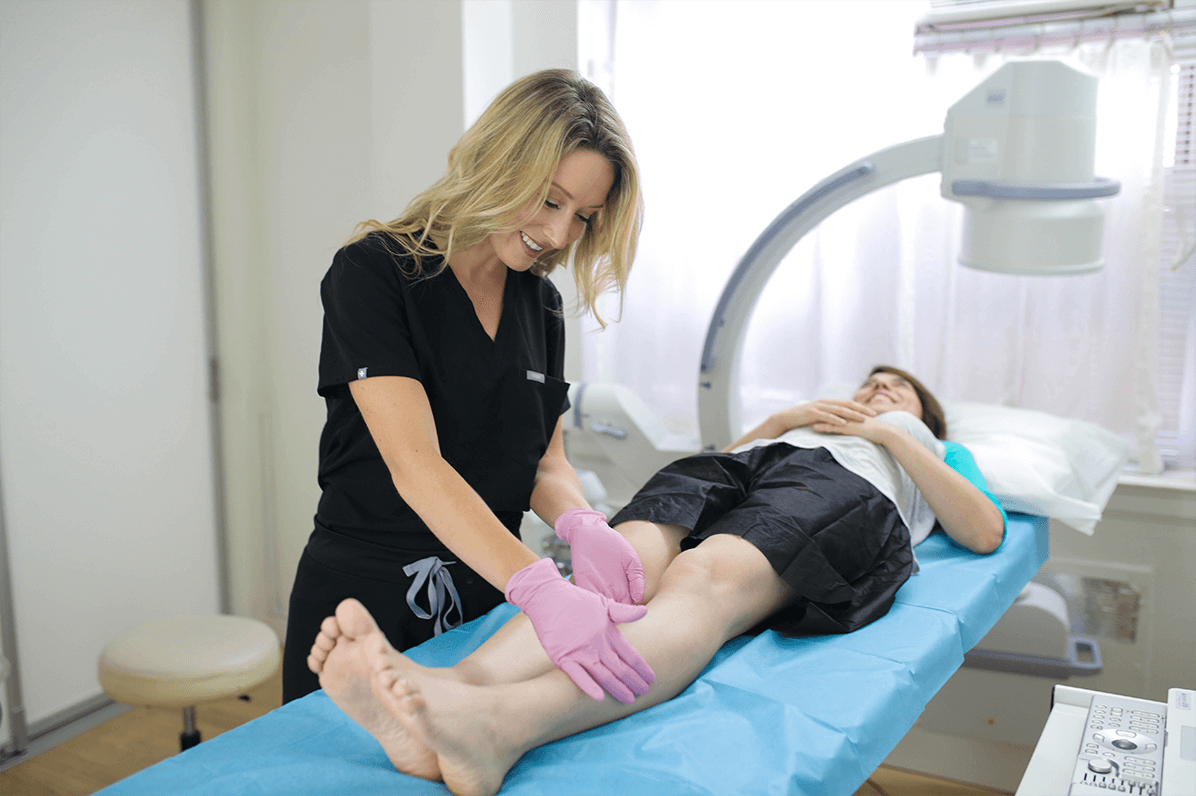How a Vein Specialist Can Help with Spider Vein Removal
Introduction
Those dilated and smaller veins look like a spider's web, which is considered more cosmetic. Many people seek options to eliminate those ugly veins to resolve discomfort and health issues and improve their looks. You will be lucky enough that vein specialists play a vital role in removing spider veins that work well both in cosmetic and medical terms.
Briefing Spider Veins
When affected individuals visit the vein clinic for consultation regarding spider veins, they may ask Do Spider Veins Come Back After Laser Treatment. When new veins develop over time, there is a chance that spider veins return even after getting the vein treatment. However, itching, burning sensation or aching near the affected area are the common signs of spider veins. Spider veins must be removed for cosmetic and health reasons because they may be a sign of a circulatory system problem.
Consultation and Diagnosis
The first and foremost step in resolving the vein issues is to consult a vascular expert. During the consultation, the expert performs a thorough evaluation and asks you about past or present medical history, underlying conditions, and any specific concerns or symptoms. Affected individuals may perform advanced diagnostic technologies such as ultrasound or x-ray to determine the main reason causing venous insufficiency.

Non-Invasive Treatments
During the initial phase of vein treatment, vein specialists recommend non-invasive procedures for diluting spider veins. However, Sclerotherapy is one common procedure of vein treatment where a special solution is injected into the vein directly to fade and collapse the affected vein. The outpatient procedure offers minimal discomfort and requires little downtime.
Often, laser therapy is also an effective vein treatment that comes under non-invasive option; with the help of laser light, healthcare experts focus on targeting and eliminating spider veins. This is effective for treating smaller veins that often appear on the skin's surface, and it is less painful than other surgical procedures.
Minimally Invasive Procedures
Spider veins can be cured with minimally invasive procedures like Endovenous Laser Ablation (EVLA) and Radiofrequency Ablation (RFA). These effective techniques use heat energy to tie off the affected veins, resulting in less discomfort and quicker recovery than traditional surgical methods.

Surgical Options
When the vein condition gets more complicated, other vein treatments are ineffective. In this situation, Vascular specialists suggest vein ligation and Ambulatory Phlebectomy as these are common surgical procedures recommended only in severe cases and performed under local anaesthesia.
Post-treatment care and Follow-up with a Vascular Doctor
Once the vein treatment is completed successfully, it is essential to have follow-ups or routine checkups with healthcare professionals. They often recommended wearing compression socks, avoiding sitting or standing for long hours in one place, maintaining weight and performing low-intensity exercises such as swimming, walking and cycling. Follow-up appointments with the vein doctors make the necessary changes if required by monitoring the vein condition of an individual.
Conclusion
After reading the post, now you have a better understanding of the spider veins and how it is connected with medical health issues when talking about the spider veins. The best part is that various vein treatments are available to relieve vein insufficiency. Also, the healthcare professional tailors the treatment plan based on the individual's condition. What is a varicose vein specialist called? Vein specialists are also called phlebologists as they have hands-on experience in determining, examining and evaluating vein disease.
Comments
Post a Comment